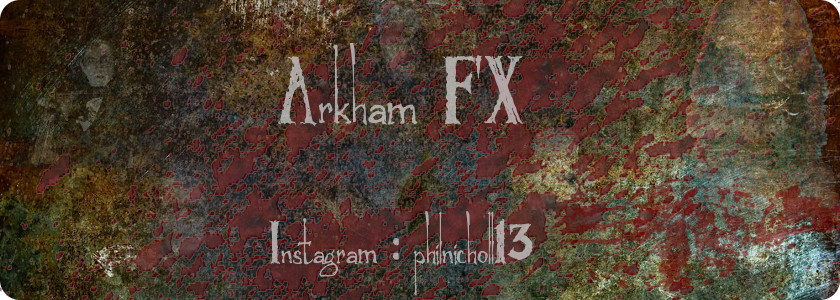- I mixed up too much, the mantra "a little goes a long way" seems to be the case with Sculpt Gel, you can always add more.
- The work time is recommended to be between 5-10 minutes, its worth just keeping an eye out on your time, I worked a bit too fast because I was worried about the silicone curing while I was working with it, and as a result the wound could have been built up better; and maybe blended a bit better also. Its worth noting that the cure time can be reduced by applying gentle heat with a hair dryer.
- I didn't put enough washing up liquid before applying the blood. As great a material as silicone can be, it is waterproof and because of this the blood can bead up a bit; a little bit of washing up liquid can prevent this.
Here is an image of the cured Sculpt Gel coloured with the Skin Illustrator Fleshtone and FX palette. You can see at the bottom where It hasn't been blended into the skin as good as it could have been. The veins of the arm have also been extended at the bottom using the FX palette.
The wound finished off with some Mouldlife Kensington Gore blood in aged. It beaded up slightly because there wasn't enough washing up liquid.
I was really happy with my first time using this product. Its quite forgiving; making it perfect for the novice and pro alike. Its worth mentioning that its important not to let parts A and B mix in their containers, because you will ruin the gel! It is a bit more expensive than wax, but it is just a much more superior product.
Phil












